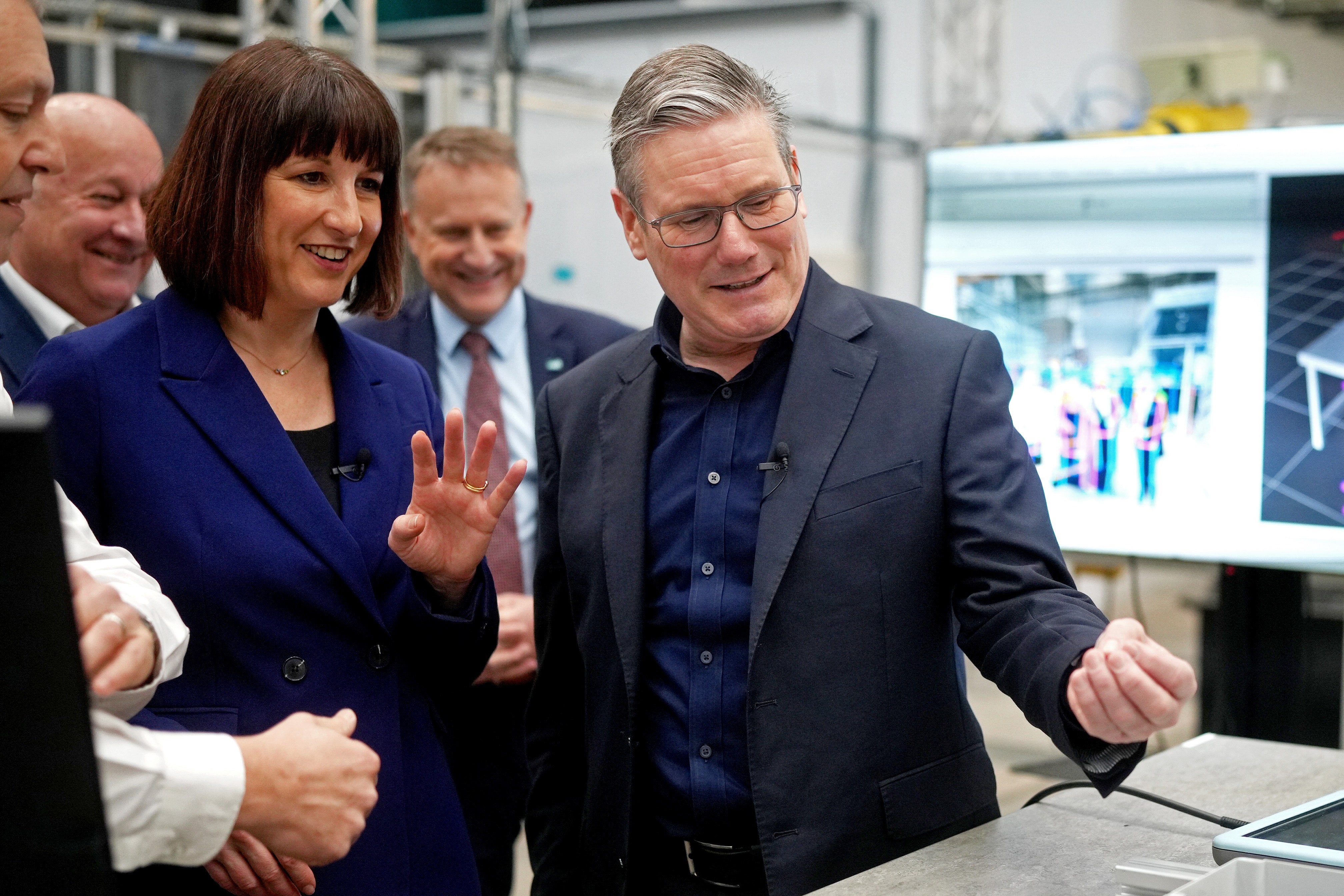OpenAI’s GPT Store Has Left Some Developers in the Lurch
When OpenAI launched its platform for custom GPTs, Josh Brent Villocido was stoked to learn that one of his creations would be featured.
The ascendant AI company announced at its November 2023 developer day that it would launch a store that would host GPTs, custom skins that run on top of its proprietary ChatGPT technology. People can create GPTs for specific tasks, like analyzing spreadsheets, drumming up tattoo designs, or providing customer support. And when OpenAI CEO Sam Altman spoke at the dev day, he touched on potential earning opportunities for developers.
“Revenue sharing is important to us,” Altman said.” We’re going to pay people who build the most useful and the most-used GPTs a portion of our revenue.”
In some ways GPTs are similar to apps, though OpenAI makes a distinction between the lightweight GPTs and enterprise applications built on top of its API. OpenAI’s move to create a marketplace for developers was part of its strategy to position itself as not just a chatbot maker but one of the most important platforms in the AI era.
Villocido, a 22-year-old med student in the Philippines, saw these GPTs as a way to bring in extra income for himself. They didn’t require advanced coding. He ended up building more than 250 GPTs. His Books GPT, which churns out personalized book recommendations and was promoted by OpenAI at the Store’s launch, is his most popular.
But 10 months after its launch, it seems that revenue-sharing has been reserved for a tiny number of developers in an invite-only pilot program run by OpenAI. Villocido, despite his efforts, wasn’t included.
According to Villocido and other small developers who spoke with WIRED, OpenAI’s GPT Store has been a mixed bag. These developers say that OpenAI’s analytics tools are lacking and that they have no real sense of how their GPTs are performing. OpenAI has said that GPT creators outside of the US, like Villocido, are not eligible for revenue-sharing.
Those who are able to make money from their GPTs usually devise workarounds, like placing affiliate links or advertising within their GPTs. Other small developers have used the success of their GPTs to market themselves while raising outside funding. The AI-powered scientific research app Consensus, which runs a popular GPT, raised millions in venture capital funding in August.
OpenAI first announced the option for people to build custom GPTs nearly a year ago. The company described GPTs as an automated, low-code way to create specialized experiences on top of ChatGPT, and said it believed impressive GPTs would be created by nontraditional developers like educators, coaches, and tinkerers.
The Store would be accessible to customers and builders who paid for ChatGPT Plus, Teams, or Enterprise. OpenAI also stated that it would launch a GPT-builder revenue program and that US builders would be paid based on user engagement with their GPTs. It promised to provide details on the criteria for payments.
The GPT Store officially launched in January 2024. In late March, developer Nick Dobos shared on X a screenshot of an email that he said he received from OpenAI inviting him to be a part of its revenue-sharing pilot program. Dobos’ coding GPT, Grimoire, is one of the most popular GPTs in the GPT Store, having hosted over 2 million “conversations,” or chats with the app.
According to the email Dobos shared on X, the pilot program guaranteed him a minimum payout of $1,000 per month, with the potential for additional earnings based on usage. Dobos did not respond to several emails and direct messages asking about his experience with the GPT Store since the pilot program launched.
When asked about the status of the program, OpenAI pointed WIRED to its help page, which gave a brief, high-level description of the program and said the company “hope[s] to allow more builders to monetize their GPTs down the line.”
Like Villocido, Adrian Lin, who lives in Singapore, was optimistic about the GPT Store. Lin is a full-time AI researcher who has spun up an app lab, Adrian AI Lab, on the side. He’s not formally trained in web or mobile app development, so when OpenAI said that making a GPT would require no coding skills, Lin saw it as an opportunity to build and manage his own products.
It was easy to fine-tune his models based on his intentions, Lin says.
Lin estimates that Copywriter GPT, his GPT that drafts advertising copy, has had between 500,000 and 600,000 interactions. Like Villocido’s Books GPT, Lin’s has been featured on the homepage of OpenAI’s Store.
But Lin can’t say exactly how much traction his GPTs have gotten or how frequently they are used, because OpenAI only provides “rough estimations” to small developers like him. And since he’s in Singapore, he won’t receive any payouts from OpenAI for the usage of his app.
OpenAI declined to comment on the record for this story or share data on GPT usage.
OpenAI has indicated that it makes a distinction between GPTs and full-fledged applications, since creating a GPT doesn’t require advanced coding skills, and building an application that uses OpenAI’s technology is more complex (and more expensive). Some of OpenAI’s enterprise clients, like Moderna, do both: Moderna pays for access to OpenAI’s models in order to build its own applications, but has also made more than 750 GPTs for internal use.
The world’s most highly valued AI “startup” has just closed a $6.6 billion-dollar funding round. It projects that it will generate approximately $3.7 billion in sales this year, according to a report in The New York Times that cites financial documents provided to potential investors. (It will likely still lose more money than it makes this year.) In June, The Information reported that most of this revenue comes from various subscription offerings to its chatbots and the fees it charges for access to its API.
In a press briefing timed to OpenAI’s developer day two weeks ago, OpenAI CPO Kevin Weil said that the company has “seen a lot of uptick in usage of GPTs in general, especially across our enterprise products.”
“We’ve got customers that build thousands of GPTs internally. So there’s a bunch of usage, and we don’t have any updates on the current product and the program today,” Weil said.
Despite OpenAI’s opaque plans for paying smaller GPT makers and the middling analytics developers say it provides, some GPT makers still feel positive about the GPT Store as a platform.
Dmitry Khanukov is the creator of SQL Expert, a highly-ranked GPT that he says has served more than 200,000 chat conversations. Like the others who spoke to WIRED for this story, he has never received earnings directly from the OpenAI GPT Store and considers his GPT a “volunteer project.” (Khanukov, who is also cofounder and CTO of a property management company called Dwelly, is based in Florida, but he wasn’t included in OpenAI’s revenue-sharing program.)
In a message to WIRED, Khanukov says that OpenAI “doesn’t provide any useful statistics” on his GPT’s performance.
But Khanukov says that his GPT has benefited him in other ways. He’s been able to connect with a new network of people who need to use SQL for their jobs but aren’t engineers by trade. His GPT has earned him clout on LinkedIn; he says he’s received around 3,500 new subscribers on the social network since launching his GPT. And he claims another GPT developer offered to buy his SQL GPT, but that he declined the offer because he didn’t want the GPT altered.
Similarly, Adrian Lin says he appreciates any direct product feedback he has gotten from users and the “attention” it has brought his small app lab. He says he now gets paid to promote the app Notion in his GPT.
“The way I look at it is, this is relevant to my users since most of them are into digital marketing, and Notion is a tool for productivity and project management,” Lin says.
For Eric Olson, building a GPT for the OpenAI GPT Store has paid off handsomely.
His GPT, Consensus, was featured on the Store’s launch day in January alongside Villocido’s Books GPT. The Consensus GPT has had more than 5 million conversations since launch, and it links to Consensus’ own website in every chat.
This means the GPT has been a marketing channel for the startup, which uses AI to cull information from dense scientific research papers, like a Google Scholar for the AI era. Between 10 and 15 percent of Consensus’ new subscribers come from its GPT. “Our experience is probably more positive than others in the GPT Store, because we’ve managed to stay on the Store’s explore page the entire time,” says Olson.
This summer, Consensus raised $11.5 million in Series A funding from well-known investors, including Union Square Ventures and Draper Associates.
As for Villocido, the creator of the Books GPT that was featured in the Store launch, he found he could no longer justify the $20 per month cost of the ChatGPT subscription required to build and maintain his custom GPTs.
He now collects a modest amount of revenue each month by placing ads in the GPTs he has already created, using a chatbot ad tool called Adzedek. On a good month, he can generate $200 a month in revenue. But he chooses not to funnel that back into ChatGPT.




